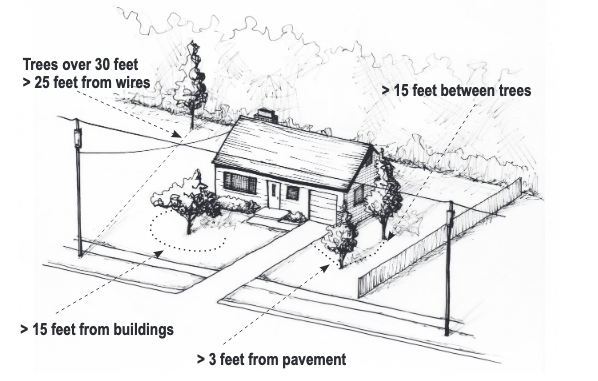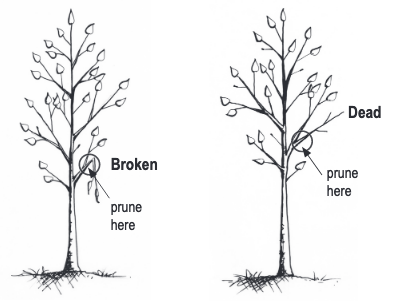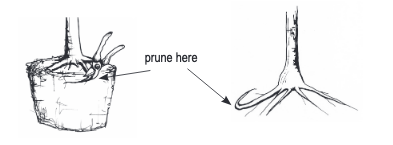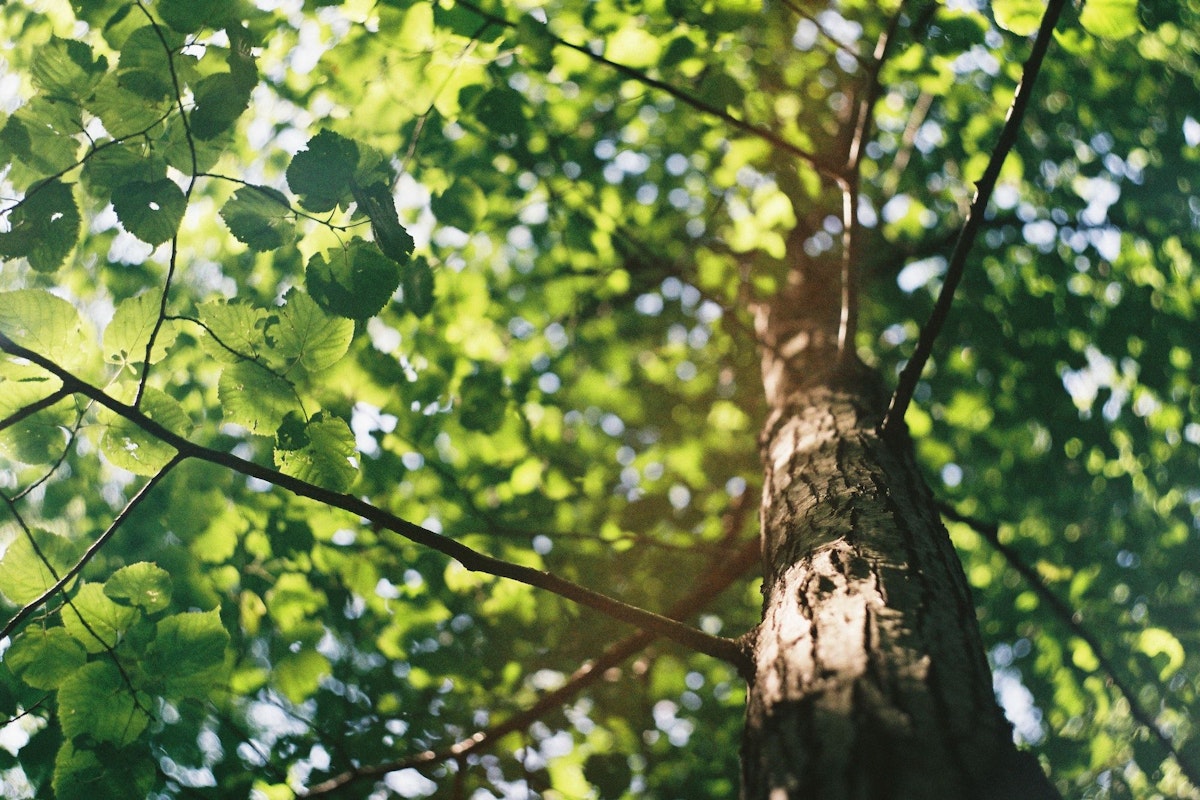Some of my favorite moments of this strange and difficult year have been spent tending to my little backyard in New Orleans. Once, it was a tangled mess of weeds; now, there are wildflowers and okra stalks. The best of the landscaping, though, are the trees.
Trees are such desirable beings that certain cities will help you plant one for free. They raise the value of homes in a neighborhood. They provide shade, which in summer can reduce the heat by 20 degrees or more. And, importantly, trees hold carbon. A tree's trunk can be, by dry weight, consist of more than half carbon.
Putting a handful to of trees in your yard won't suddenly solve the climate crisis, of course. Reforestation is an essential solution, but it's also complex. Still, every tree we add is one tiny step forward—and they're beautiful, too. Here's how to get one into your backyard.
First up, what if I don't have a yard?
Some people won't be able to plant, of course. Fortunately, in many places you can adopt a tree and help take care of it. The excellent podcast How to Save a Planet has assembled a handy list of adoption programs.
What to plant
What to plant depends on what you want. Deciduous trees can offer seasonal temperature regulation, providing shade in the summer and then losing their trees in the winter when want sunlight to warm your home. If you want year-round privacy and shade, you might opt for an evergreen.
But if carbon storage is you're biggest motivation, remember that the carbon is in the wood: so a big trunk that grows quickly is best. That said, a tree only holds carbon if it sticks around—so you want to pick a tree that suits your climate. The National Wildlife Federation offers a handy native plant finder that will steer you towards a tree suitable for where you live.
Where to plant
This, too, can vary, depending on both your yard and your tree. The U.S. Department of Agriculture recommends allowing 3 feet between your tree and any pavement or fencing, and 15 feet between buildings or other trees. And if you expect your tree to grow 30 feet or taller, make sure you're far from overhead wires—at least 25 feet.

Be cognizant, too, that there might be buried utilities in your yard. You can contact your utility company to find out.
When to plant
The best time to plant is either in late fall, after the leaves fall, or early spring, before buds are growing into shoots. This gives your tree time to establish roots.
How to plant
First, prepare the tree. Remove any packaging, except around the root ball. Ideally you won't need to prune much, but you can remove any damaged branches.

Now you'll need to dig a hole. One of the oft-repeated adages of tree planting is that you shouldn't plant a hundred-dollar tree in a ten-dollar hole. This step matters, in other words!
To determine the depth of your hole, find your tree's "trunk flare," the point where the trunk begins to widen into its roots. You want this to be just above the soil, so dig accordingly. The hole should be twice as wide as the tree's root ball (or, if your soil consists of clay, three times as wide.)
Now carefully cut the root ball out from its container. You may notice that some roots, constrained by the packaging, have grown into circles or kinks. Straighten these roots or remove them.

A partner is a useful tool at this point: You want to make sure the tree stands straight. Carefully backfill the hole with the same soil you dug out, breaking apart any big clumps, and pressing down to remove air holes, which could dry out the roots. (Watering occasionally as you backfill will help remove air holes, too.) If it seems necessary, stake the tree—but avoid this if possible, as when left unstaked, trees tend to grow stronger.
Spread a thin (2 to 4 inch) layer of mulch around the bottom of the tree. Don't choke the trunk, though—leave a bit of room. If it doesn't rain in the days after planting, water at least once a week. You want the soil to be moist, but not soaking wet.
That's it! Congratulations on your backyard tree! Of course, this is a living creature, and it deserves loving care. The USDA and the International Society of Arboriculture offer helpful guides on the work from here.
Read this next:
The promise of wind power
February 25, 2021 · Climate knowledge

